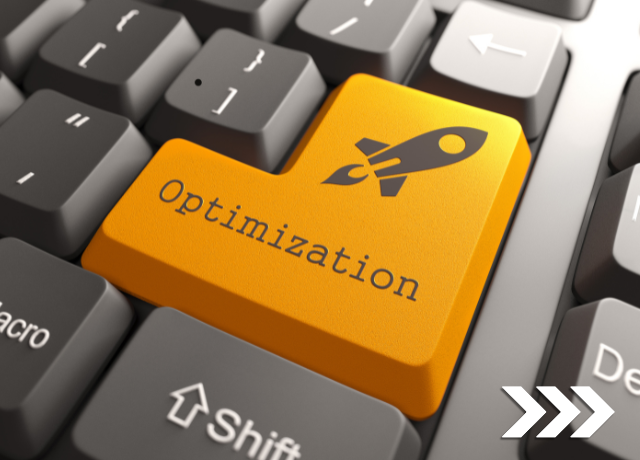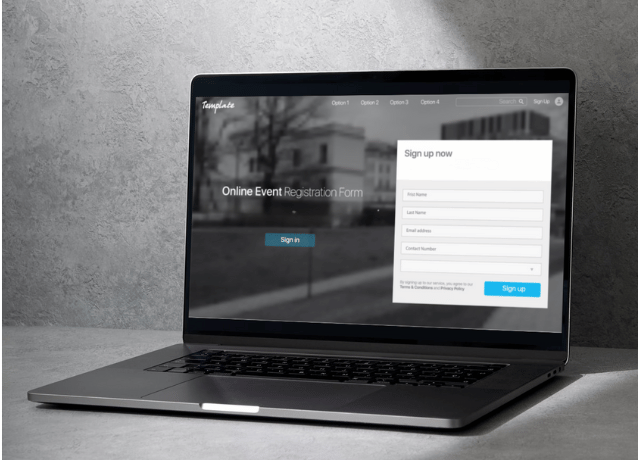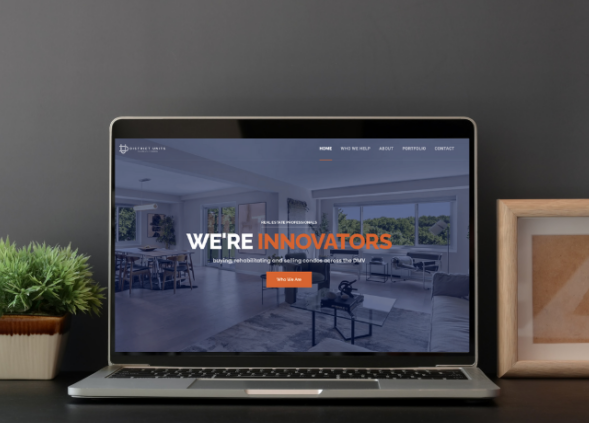WordPress vs. Showit: Which Platform Is Best For Your Business Website?
Recently on Instagram, I talked about the importance of choosing the right website builder based on the role you want your website to play in your business.
Is it a portfolio or a lead generator? A digital business card or your main salesperson?
The answers to these questions, ones your marketing agency (eh hem, DCM Communications 😉) should be asking before building your site, will directly influence the best platform for you.
Quick note: the company you hire to design and develop your site should recommend a platform that supports your specific business goals, not just the one they know best. If they can’t clearly explain why they recommend one over another and how that choice aligns with your goals, walk away and come talk to me.
So, let’s get into today’s topic: the pros and cons of Showit, which is gaining traction with creative businesses, versus WordPress, the longtime standard.
Showit: Benefits and Drawbacks
Benefits
Showit makes it easy to go from zero to launch with a polished, professional site. Thanks to a big library of pre-made templates, you can simply drop in your content without needing advanced design skills.
Packages are inexpensive (less than $300/year to start) and include domain and hosting in one place, making for a single line item in your bookkeeping from one vendor.
The platform’s visual-first design appeals to creatives, offering options for animation and stylish layouts.
Security is built in with an SSL certificate (what makes the http into https in your url) included in your hosting plan. (You need this no matter what so again, the one-stop-shop element is appealing.)
Daily backups mean that if something breaks, or you make a design change that doesn’t work, you can restore the site with one click.
Showit also connects easily to domains purchased elsewhere. Live chat support is available during business hours, which is great if you prefer talking to a real person over digging through help docs (🙋🏻♀️).
For e-commerce, you can connect with Shopify, WooCommerce, or Thrivecart, and payments integrate with common players Stripe or PayPal. It also supports third-party integrations for CRM connections, for example, including some WordPress plugins.
Drawbacks
The biggest limitation up front is analytics. You’ll need to add Google Analytics yourself, which is the right long-term move but does require some technical knowhow to setup.
Because templates are easy to use, you may risk ending up with a site that looks too similar to others online, possibly even competitors, without the help of a designer to add brand-specific touches and rework templates into unique designs.
Support is promoted as 24/7, but live chat is actually only available 7 a.m.–7 p.m. MST, Monday to Friday. This will be an issue if you need to work your site outside traditional business hours. Other hosts, like my favorite WPEngine, truly provide round-the-clock support.
(Yes, I have been on chat with a live person for help at 10 pm at night and can attest to how helpful that is when tech doesn’t tech the way I want it to.)
E-commerce requires third-party plugins and customization is limited compared to platforms with more open code access.
And here’s a fun fact: when you add a blog to Showit (as you will because a good content marketing strategy requires one) it runs on WordPress behind the scenes. So even if you start with Showit, you’ll eventually interact with WordPress anyway.
WordPress: Benefits and Drawbacks
Benefits
WordPress gives you the freedom to choose a hosting provider that fits your budget and preferences. My top recommendation is WPEngine for its stellar security, tech support, and ease of use.
Unlike Showit, when you build with WordPress your site is hosted on a third-party server used to larger loads and therefore allowing more freedom with customizations to CSS, HTML, or JavaScript.
(Note: This may seem like alphabet soup at first, but that “Can we make _____ happen when someone does ______?” is likely going to require one, if not all, of those letters to go from question to real user experience.)
It’s highly customizable, adapting to your business as it grows. With thousands of themes available, you can select one that matches the features and style you want, then tailor it to your brand without worrying you’ll have a duplicate of a competitor.
Plugins allow nearly unlimited integrations, making it easy to scale and pivot as your business evolves.
For e-commerce, WordPress connects with Shopify, WooCommerce, or just about any other major platform. Analytics are also easier to implement: multiple plugins let you link Google Analytics in a few clicks for deep insights into user behavior.
Drawbacks
Because WordPress doesn’t come with built-in hosting, you’ll need to purchase it separately (GoDaddy, WPEngine, HostGator, etc.). This means more line items on your budget and renewals to keep track of.
The backend dashboard is so customizable that non-technical users can find it overwhelming.
Pro Tip: if you hire a developer to build your site, ask them to provide video tutorials to help you learn the basics of updating and maintaining it.
With so many theme options available, making the right decision for your business goals can be a challenge (#analysisparalysis) without a professional’s guidance.
And like Showit, e-commerce requires third-party plugins to handle sales and payments.
(Truthfully, the only way around that is to use Shopify or Squarespace, each of which comes with its own pros and cons.)
Finally, how to choose between WordPress and Showit
Showit and WordPress aren’t really competitors, but rather complementary. If you want more than a digital business card, you’ll eventually need the plugins and WordPress blog that Showit already relies on.
That’s why my recommendation is to start with WordPress from the beginning. Yes, you may need to hire someone to build it, but that investment ensures you’re setting the right foundation to support your business as it grows over the next three, five, or even 10 years.
With WordPress, you’ll have the flexibility to evolve and the ability to stand out from your competition as your business and needs change.
And if you choose an agency instead of a solo designer, you’ll start with strategy, not just aesthetics, giving your launch stronger positioning in the market.
To that last point, this blog outlines how to announce your new (or redesigned) website and this is how you connect with me to talk about your project . Come on, you know you want to 😉







